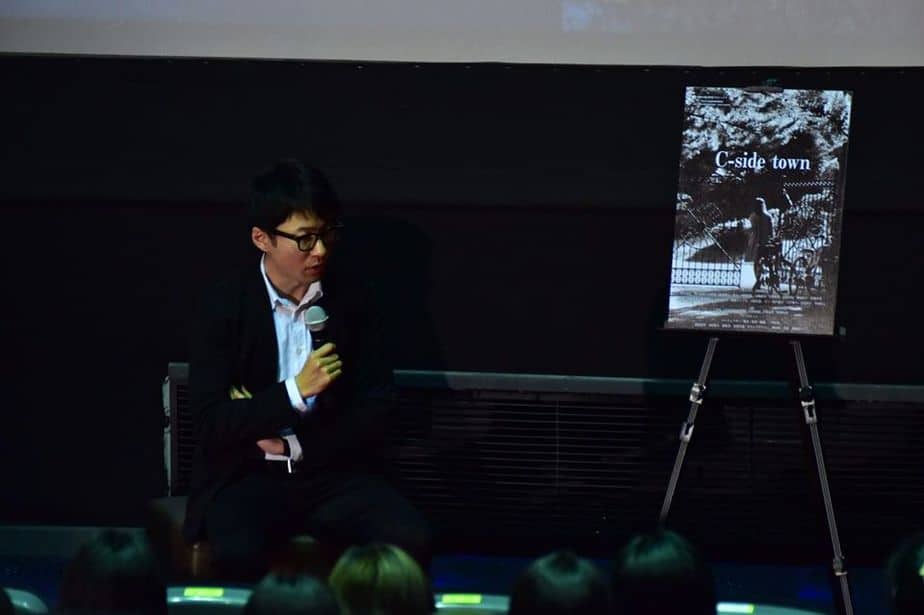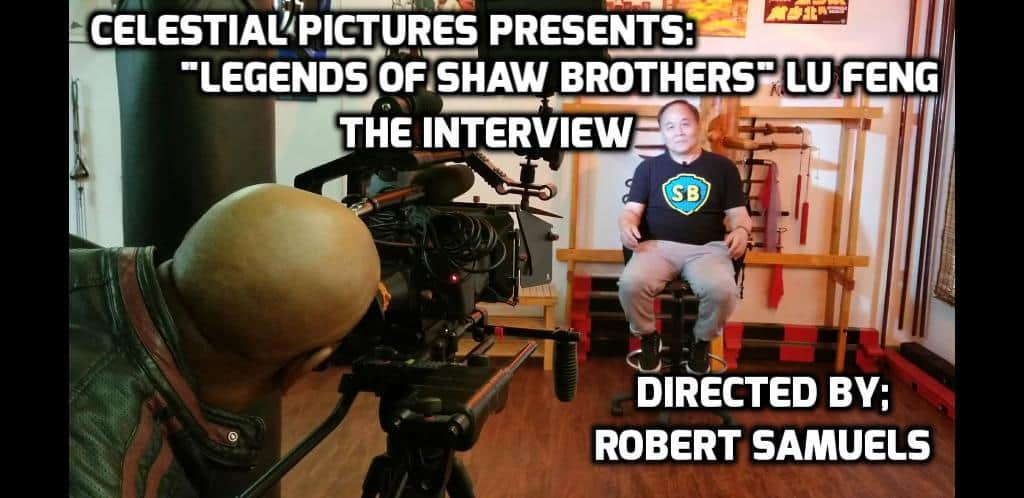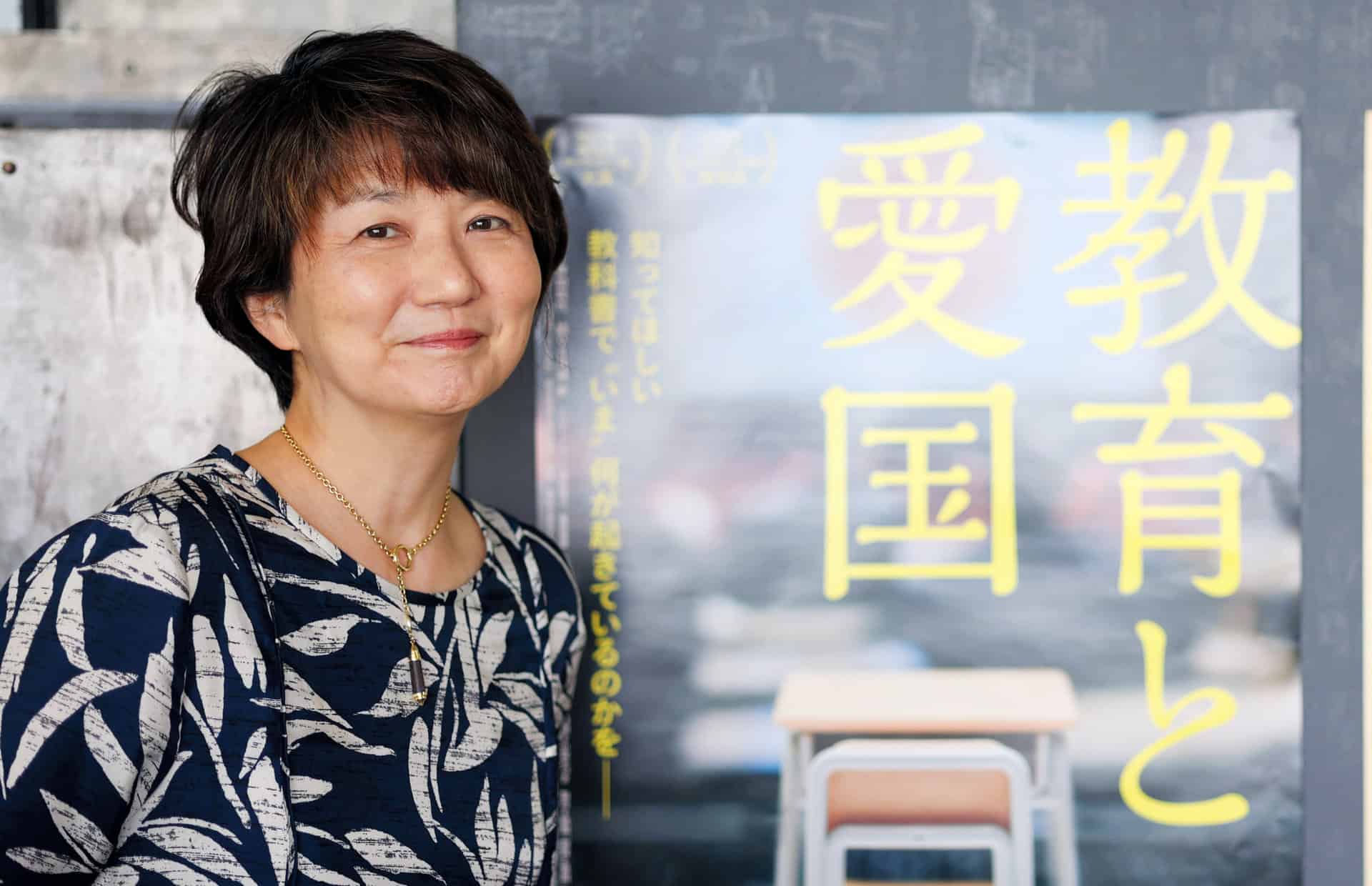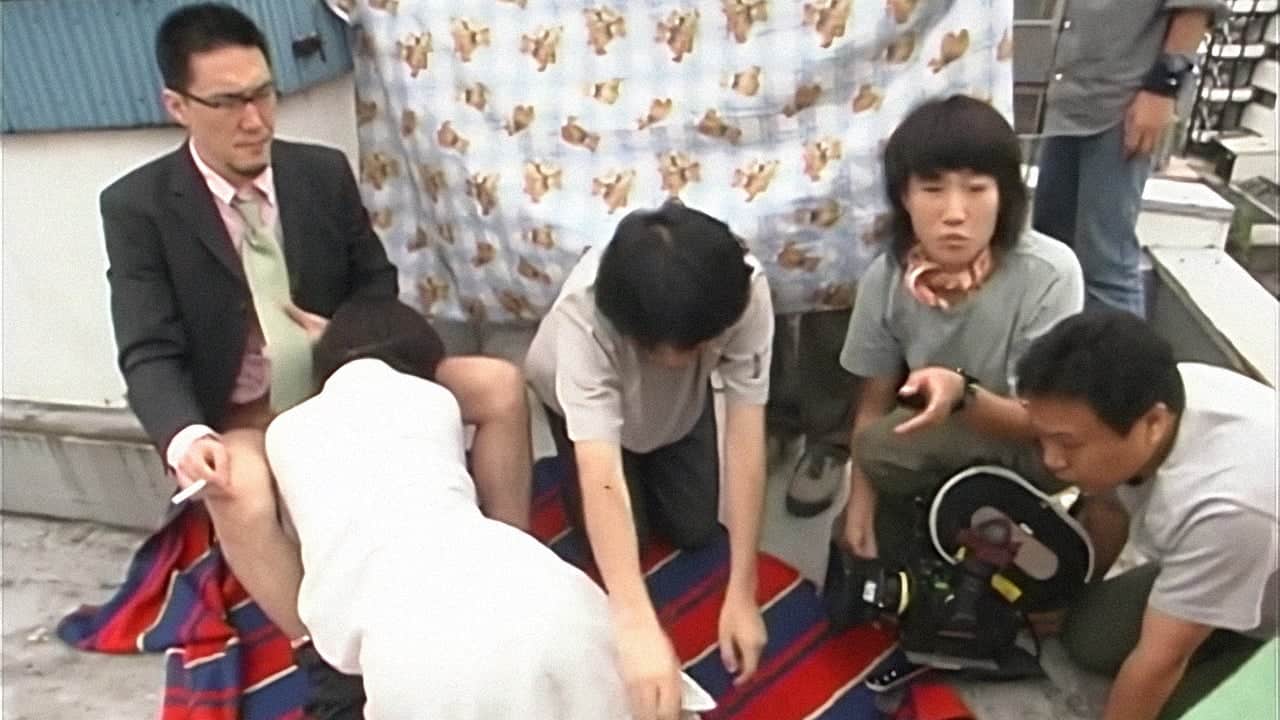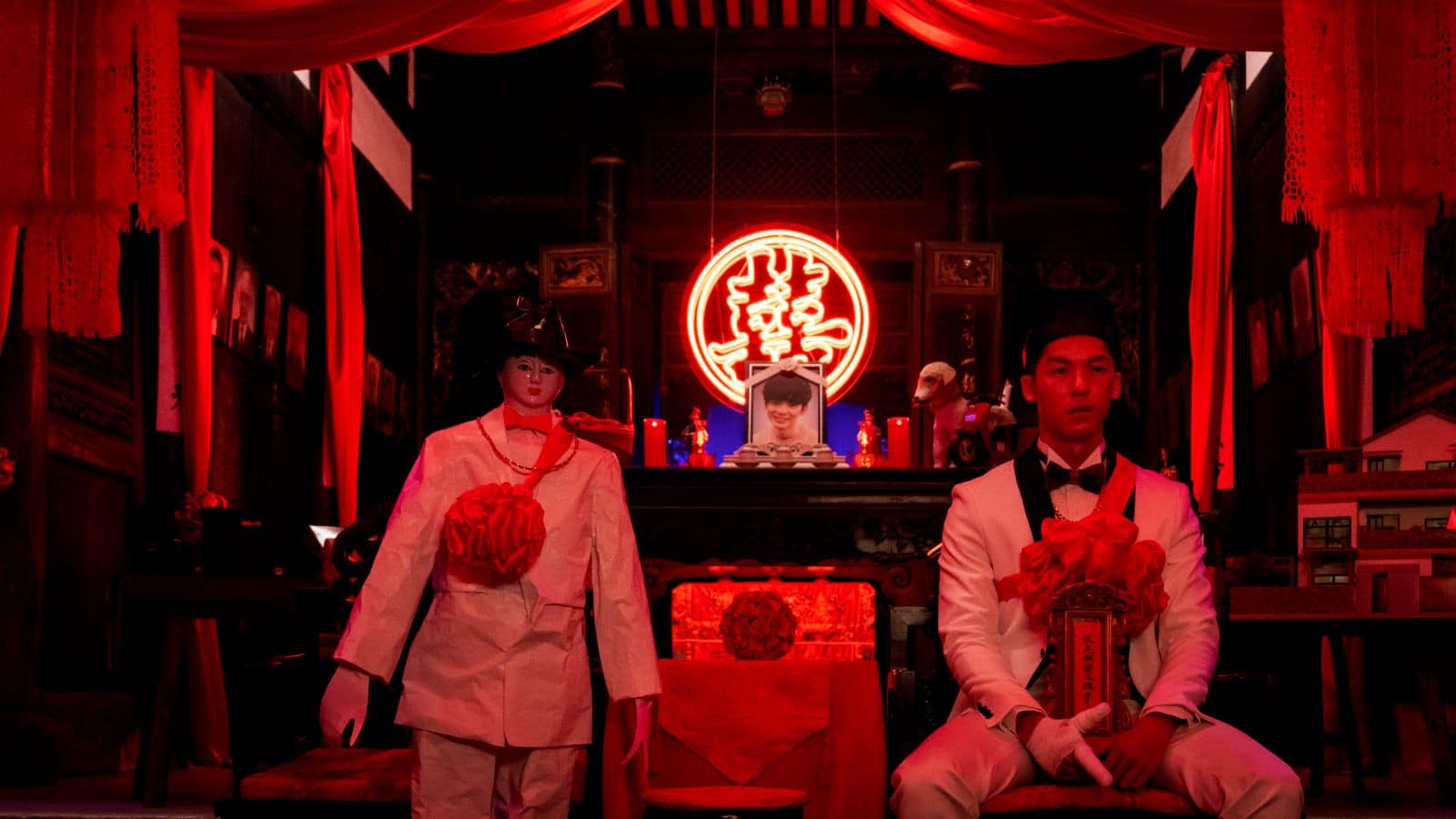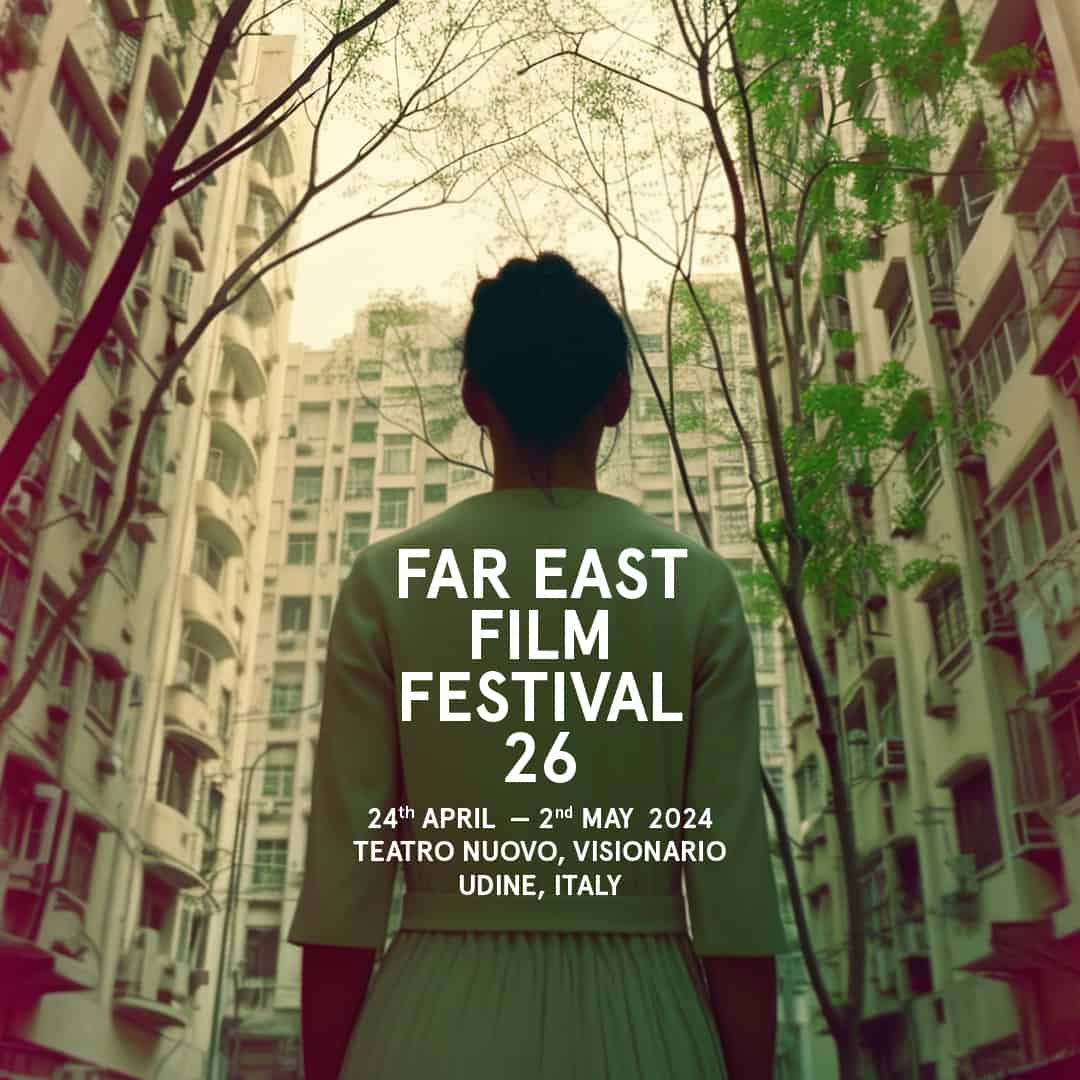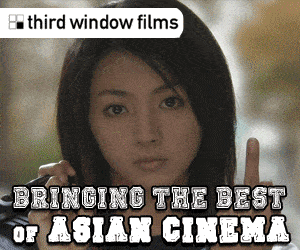Born in 1987 in Kanagawa Prefecture (Japan), he graduated in 2006 from the prestigious Chigasaki Hokuryo Highschool in Chigasaki City. He graduatde in 2015 from the Japan Institute of the Moving Image. He worked on Koji Fukada's production “Au revoir l'été”, Uchida Nobuteru's “Odayaka”, and Kiki Sugino's “Kyoto Elegy”. He was also the assistant-director of Kiki Sugino on her feature film “Taksu”. His debut, “Chigasaki Story” screened in festivals all over the world and won the Best New Screenwriter Awards from Beijing International Film Festival. “The Murders of Oiso” is his latest film
On the occasion of his film screening at Osaka Asian Film Festival, we speak with him about Oiso, his unusual approach to the movie, Japanese society, and other topics.

Why did you choose to have the story in Oiso? Is there a particular element that attracts you to the city?
First, I wanted to make this film reflect my critical thinking about Japanese society more than my previous feature film “Chigasaki Story”. If I chose some keywords to show my critical thinking, I would pick “intolerance”, “rejection of change”, “no free structure of society” , “depravity”and so on.
In two respects, Oiso fits my motivation to make this film. One is the mood. I found various beautiful locations in Oiso. For example, there is a sea side area, a mountain side and farms in such a small town. The most important thing for me is that I felt each place has a bit of a ruined mood.
The second is the history of Oiso. Oiso's history connects the modernization of Japan with the present day. After Japan was modernized, railroads were laid. Then, many politicians and business leaders including Hirobumi Ito, who is the first prime minister, and Shigeru Yoshida, who contracted the Security Treaty Between the United States and Japan as Prime Minister, built their house or second house here. This film didn't touch this part of history, but it was a good motivation for me.
Your approach to the various events, and particularly the violent ones, is to imply them than to depict them. Why did you choose this approach?
I wanted to bring my critical thinking about Japanese society in this film. However, this doesn't mean that the film has to show these events. If I depict violence, audiences can criticize it easily. But, if I imply violence, I can criticize the process that lets the audience recognize implied events as violence. I wanted to criticize this process of recognition itself because I think it supports the current Japanese society and the current social issues.
I think the burden on the audience is so big because the audience is forced to think about the meaning of what is implied all the time. It was also a big challenge for me to choose this style and build the whole film based on this style.

The film deals with bullying, living in a small city, the consequences of the lack of parenting and illegal corporate practices? What is your opinion about these subjects?
I think social structure is mainly responsible for those social issues.
It means it's not about personal issues.
What is your opinion about the concept of male friendship? Why does Kazuya despise Eita's relationship with a girl? Is it jealousy?
Yes, it is. Kazuya is jealous of Eita because Eita has a girlfriend. On the other hand, Kazuya looks down on Saki as “woman”. He considers women the enemy who ruins male friendship. I can say Kazuya is a typical Japanese male, homosocial, misogynist and homophobic.
Yusaku Mori is great as the “villain” of the story. How did you guide him for the part? In general, how was the casting process for the film?
On the location, I kept my focus on two things when I directed actors. The first one is the line of sight. The line of sight shows the relationship of each character with the others. If a character is by himself, the line of sight implies their emotion.
The second is the rhythm of the dialogue. I wanted to retain an artificial feeling in this film. The reason for that is because the film has many layers, and the story line comes and goes with each layer. It is like a dream or as if the world is controlled by someone else. Therefore, I asked the characters to make small pauses between every dialogue
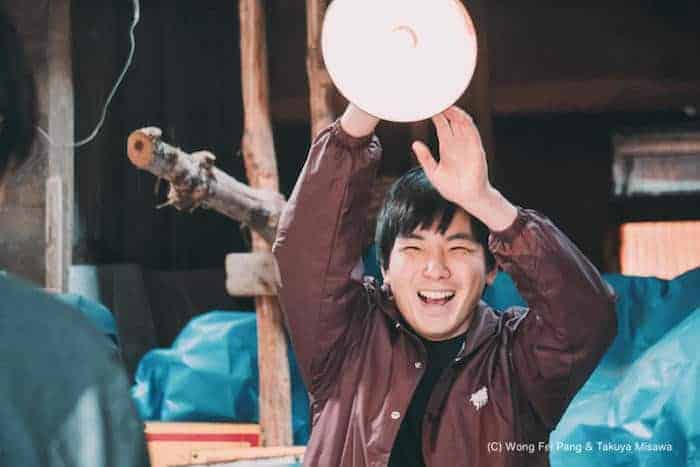
Sound plays a very important part in this tactic. Can you give us some details about your approach regarding the sound?
Repetition and (small) differences are the keys of this film. During production, I always kept the image of a spiral shape in my mind. On the production, I always kept the image of the spiral shape in my mind. I shared this image with all my staff, including the sound designer. In fact, five music tracks of the film have the same motif or melody. The audience will listen to similar sounds and music in the film but I hope that their impression and the meaning will change in their head as they watch the movie.
What was your approach regarding the cinematography in the film?
The same way I collaborated with the sound designer; I shared my image with the cinematographer. The DP and me set some images as the motifs of the film; for example, the shot which cuts the head from the frame.
What is your opinion about the Japanese movie industry at the moment?
I'm not sure I'm a member of the Japanese movie industry because the way I make my films is different to the usual way in Japan. However, I feel that directors like Kore-eda and Koji Fukada encourage me when they deal with social issues within the Japanese movie industry (for example, labor form and gender balance)
Are you working on anything new?
Yes, I am. I have two feature projects and one short film project. One of the features is called “Tokyo Mask” and was selected by Talents Tokyo last year. All the projects are in the developing stage now. I think I will shoot a short film this year.


